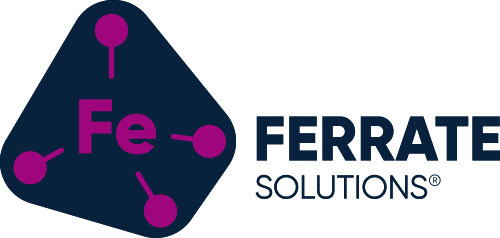Treating Florida’s Blue Green Algae Problem
Florida, along with many other states, is dealing with the long-term effects of nutrient overload in its water.
Too many nutrients are feeding harmful algal blooms and bacteria. While leaking septic systems are a big problem, the main culprits are Phosphorus and Nitrogen which are injected into the environment via fertilizers and ammonia that isn’t being removed by wastewater treatment plants. Fertilizers are applied to the land by the commercial agricultural industry but also homeowners, municipalities, golf courses, and many more. The chemical components of these fertilizers percolate down through the soil and end up in our ground water, or they wash off the land and into our canal systems during storm events. Florida cannot reduce toxic or environmentally harmful blooms without removing the chemicals that feed them, Phosphorus and Nitrogen.
In addition to fertilizers, Florida’s water is also suffering from the release of ammonia nitrogen that is not being properly removed from domestic wastewater treatment facilities. Ammonia nitrogen is most likely the biggest contributor to toxic bacteria and blue green algae blooms in Florida.
While bio-filtration (grasses, oysters, impoundment) has been heavily considered and occasionally implemented as a solution, the reality is that they can only go so far in helping Florida’s water woes.
Only Phosphorus can be removed via biological processes in an impoundment, but its removal by impoundment is an uncontrolled (biological) process whose efficiency can only be estimated. The current practice of “impoundment” has no theoretically verifiable positive effect unless biomass is continually harvested. Also, water impoundment removes productive land from farming, and excavation costs are significant.
Cost calculations show that the same amount of water that would be impounded in an excavated plot of 10,000 acres in a process that would cost well over $400 million, could be treated safely and efficiently with Ferrate, for pennies on the dollar.
When flowing water is treated with Ferrate, it binds to Phosphorus which is then precipitated out, and can be recycled back onto fields if desired. Nitrogen is converted to a gas and removed from water. No known technology today can quantifiably remove Nitrogen from water or wastewater. Until now.
Ferrate is safe for the environment as it treats water in a closed system before releasing clean water back into streams and lakes.
Important FAQs About Nutrient Contamination and Destroying Blue Green Algae
Is Ferrate poured directly into streams and rivers?
Can Ferrate clean up large bodies of water like Lake Okeechobee?
Is Ferrate safe for fish and wildlife?
Is there any danger to the environment when Nitrogen is converted to a gas?
What happens if there is a chemical spill?
What does Ferrate do to the salinity or pH of the water, and is there any concern about the change in either of these to the environment?
Can I use Ferrate in my house or in my sprinkler system?
Once Ferrate is added to water, how long will it take to kill algae and bacteria?
How come nobody has talked about Ferrate as a solution, before?
Will there be any smell related to Ferrate treatment?

Purple is the New Green
Ferrate is a chemical compound that has a distinctive purple hue.
